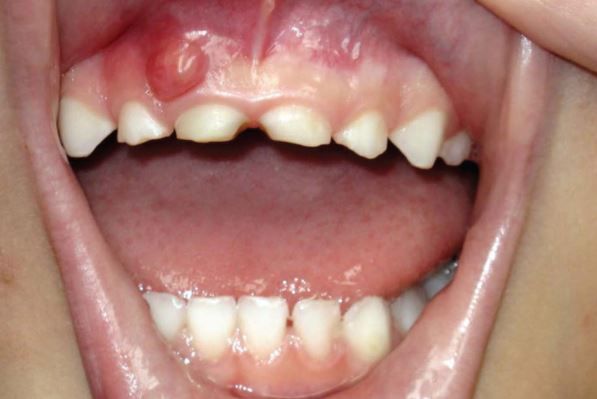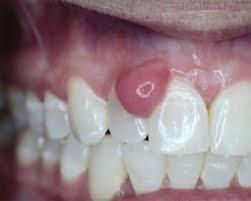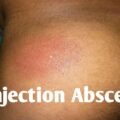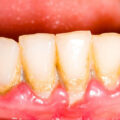Gum boils refers to various types of swelling or tissue overgrowth that occurs in the mouth. Gum boils may be fluid filled or made of solid fibrous gum tissue. Color may appear normal or the gum boil area can appear red and raw. These bumps that look like pimples can become serious when not treated. Check out the types, causes, and symptoms below — and be sure to check with your dentist if you think you have a boil that needs treatment.
Types of Gum Boils or Dental Abscesses
An abscess is another term for ‘boil.’ When these discomforting abscess bumps fill with fluid or pus on your gums, you need to get them treated. There are 3 types of gum abscesses that you could be experiencing:
- Gingival abscesses
o These painful legions are on the gums near the tooth, and according to the British Medical Journal, are the least common.
- Pericoronal abscesses
o More common, often occurring near the crown of a tooth that hasn’t broken through your gums, like an impacted wisdom tooth.
- Periodontal abscess
o Usually developing deeper in the gums, perhaps in a periodontal pocket, and the most common gum abscess and the third most common dental emergency, according to the IOSR Journal of Dental and Medical Sciences.
Causes and Symptoms of a Gum Boil or Abscess
All dental abscesses, both tooth, and gum are caused by the same culprit — bacterial infections. According to the National Health Service (NHS), bacterial infections are usually caused by:
- Poor oral hygiene
- Sugary and starchy food and drink
- Trauma or previous surgery to gums or teeth
- A weakened immune system
While abscesses are found within your oral cavity, their infection may spread to other areas of your body. Periodontal abscesses, the most prevalent, often occur due to untreated periodontal disease. According to the IOSR Journal of Dental and Medical Sciences, symptoms for periodontal abscesses include:
- Discomfort
- Swelling
- Inflammation
- Pain
- Periodontal pocketing.
How To Get Rid Of A Gum Boil
The last thing you want is for the infection to spread to your jawbone or teeth. Thus, quick and effective treatment is crucial to getting rid of a gum boil. Typical periodontal abscess treatment includes:
- Antibiotic prescription
- Draining the pus to lessen pain and discomfort
- Tooth removal (only when necessary)
- Bone damage surgery (only in severe cases)
- Cleaning between the tooth and the gum if the cause is from gum disease, according to the American Dental Association
Nutrition is also important. You must avoid sugary drinks and processed foods as much as you can. By doing so, you can limit the chance of infection and you also get to improve your overall health. If you’re a smoker, then it’s time to let go of the habit. Smoking is a risk factor for gum disease and dental abscesses. It can also reduce the effectiveness of gum disease treatment.
Mouthwash can help in bacterial control but it’s not always reliable. If you constantly use mouthwash, your mouth will become dry – thus worsening your gum irritation and infection. One great alternative is a saltwater mouthwash or a natural dental rinse. All you have to do is mix one teaspoon of salt and one cup of warm water. Swish it in your mouth for up to 30 seconds. You can repeat this method 2-3 times per day.
Keeping Your Gums Healthy
Getting your gums as fit as possible will help reduce your chances of gum disease, cavities, bacteria infections, and ultimately prevent gum abscesses from forming. And that all comes down to proper oral hygiene, like:
- Brushing twice a day
- Flossing daily
- Sugar food and drink in moderation
- Avoiding tobacco usage
- Regular dental checkups
Nobody wants the complications that come with a gum boil. What it boils down to, though, is good oral health.






